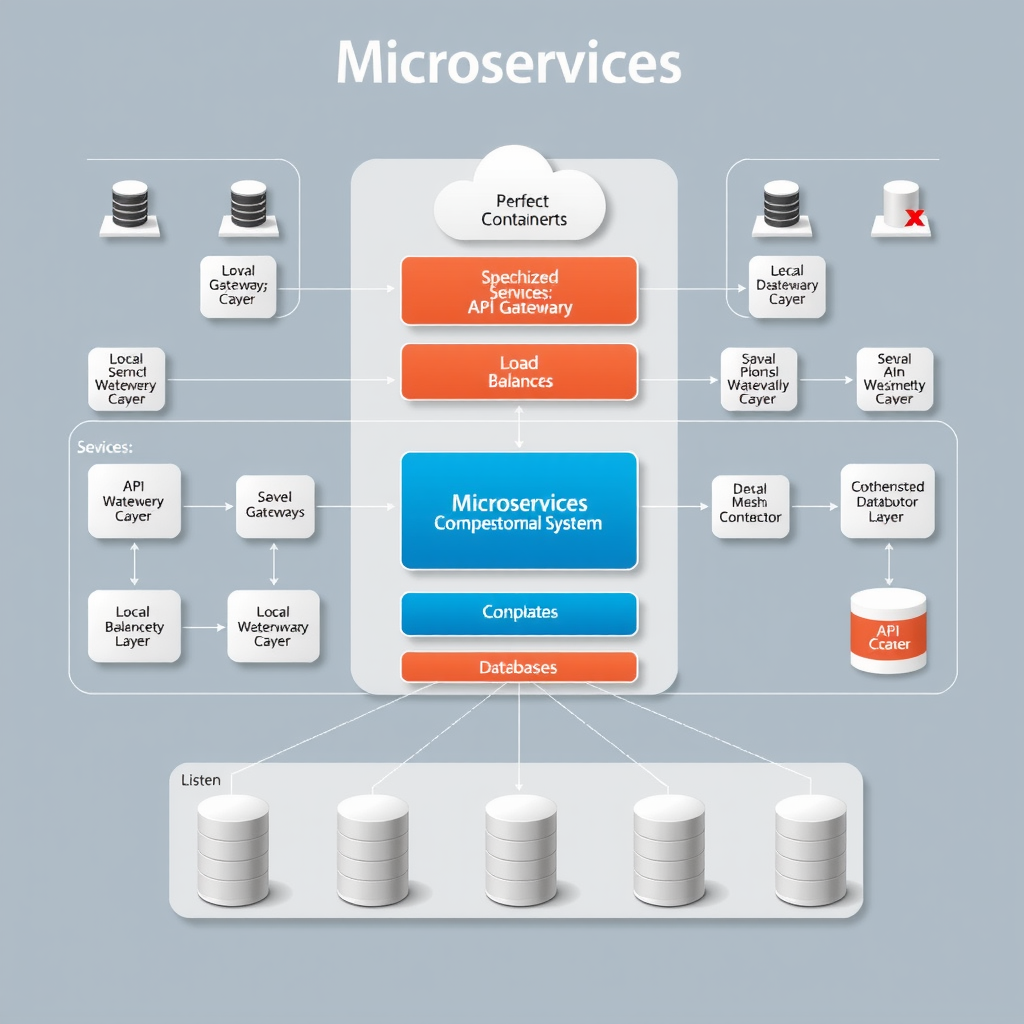Emerging Technologies Shaping Tomorrow's Digital Landscape

The digital landscape is evolving at an unprecedented pace, driven by breakthrough technologies that are fundamentally reshaping how we approach software development, data processing, and user experiences. As we navigate through this transformative era, understanding these emerging technologies becomes crucial for organizations seeking to maintain competitive advantage and prepare for future challenges.
Machine Learning Integration: Beyond Traditional Algorithms
Machine learning has transcended its role as a specialized tool to become an integral component of modern software architecture. Today's applications leverage sophisticated ML models not just for prediction and classification, but for real-time decision-making, adaptive user interfaces, and intelligent automation that learns from user behavior patterns.
The integration of machine learning into mainstream development workflows has democratized access to powerful AI capabilities. Developers can now incorporate pre-trained models, utilize transfer learning techniques, and deploy ML-powered features without requiring deep expertise in data science. This accessibility is driving innovation across industries, from personalized investment recommendations in cryptocurrency trading platforms to intelligent staking strategies that optimize passive income generation.

Edge Computing: Bringing Processing Power Closer to Users
Edge computing represents a paradigm shift in how we think about data processing and application architecture. By moving computational workloads closer to data sources and end users, edge computing dramatically reduces latency, improves response times, and enables real-time processing capabilities that were previously impossible with traditional cloud-centric architectures.
This technology is particularly transformative for applications requiring instant decision-making, such as cryptocurrency exchanges where milliseconds can mean the difference between profit and loss. Edge computing enables faster transaction processing, reduced network congestion, and improved reliability for critical financial operations. The distributed nature of edge computing also enhances security by minimizing the attack surface and reducing the risk of centralized data breaches.
"Edge computing is not just about speed—it's about reimagining the entire architecture of modern applications to deliver experiences that feel instantaneous and responsive, regardless of network conditions or geographic location."
Progressive Web Applications: The Future of Cross-Platform Development
Progressive Web Applications (PWAs) have emerged as a powerful solution to the long-standing challenge of delivering consistent, high-quality experiences across diverse devices and platforms. By combining the best features of web and native applications, PWAs offer offline functionality, push notifications, and app-like interfaces while maintaining the accessibility and discoverability of traditional web applications.
For financial technology platforms, PWAs provide an ideal balance between functionality and accessibility. Users can access their investment portfolios, execute trades, and monitor cryptocurrency markets without downloading separate applications for each device. The progressive enhancement approach ensures that users with modern browsers enjoy advanced features, while those on older devices still receive a functional, if simplified, experience.

Quantum Computing Preparations: Building for Tomorrow's Infrastructure
While practical quantum computing remains on the horizon, forward-thinking organizations are already preparing their systems and algorithms for the quantum era. This preparation involves understanding quantum-resistant cryptography, exploring quantum algorithms for optimization problems, and designing architectures that can leverage quantum computing capabilities when they become commercially viable.
The implications for financial technology are profound. Quantum computing promises to revolutionize portfolio optimization, risk analysis, and cryptographic security. However, it also poses significant challenges to current encryption methods used in cryptocurrency and blockchain technologies. Organizations investing in quantum-ready infrastructure today will be positioned to capitalize on these capabilities while protecting against quantum-based security threats.
Microservices and Containerization: Scalable Architecture for Modern Demands
The shift toward microservices architecture and containerization has fundamentally changed how we build and deploy applications. By breaking monolithic applications into smaller, independently deployable services, organizations gain unprecedented flexibility in scaling, updating, and maintaining their systems. Container technologies like Docker and orchestration platforms like Kubernetes have made this approach accessible and practical for organizations of all sizes.
For platforms handling high-volume transactions such as cryptocurrency exchanges or trading platforms, microservices architecture enables targeted scaling of specific components under heavy load. This granular control over resources translates to improved performance, reduced costs, and enhanced reliability. The ability to update individual services without affecting the entire system minimizes downtime and accelerates the deployment of new features and security patches.

Blockchain Beyond Cryptocurrency: Distributed Ledger Applications
While blockchain technology gained prominence through Bitcoin and other cryptocurrencies, its applications extend far beyond digital currency. Distributed ledger technology offers solutions for supply chain transparency, digital identity verification, smart contracts, and decentralized finance (DeFi) platforms that are reshaping traditional financial services.
The immutable and transparent nature of blockchain makes it ideal for applications requiring trust and verification without centralized authority. From tracking the provenance of assets to enabling peer-to-peer lending and automated token distribution through ICOs, blockchain technology is creating new paradigms for how we exchange value and establish trust in digital environments. The integration of blockchain with traditional systems presents both opportunities and challenges that forward-thinking organizations are actively addressing.
Artificial Intelligence in User Experience Design
Artificial intelligence is revolutionizing how we approach user experience design, moving beyond static interfaces to create adaptive, personalized experiences that evolve based on user behavior and preferences. AI-powered design systems can automatically adjust layouts, recommend content, and optimize user flows to maximize engagement and satisfaction.
In the context of investment and trading platforms, AI-driven UX can provide personalized dashboards that highlight relevant market movements, suggest optimal times for deposits or withdrawals, and present information in formats that match individual user preferences. This level of personalization enhances user engagement while reducing cognitive load, making complex financial operations more accessible to a broader audience.
Key Takeaways for Technology Leaders
- Invest in machine learning capabilities to enable intelligent, adaptive applications
- Explore edge computing for latency-sensitive applications and improved user experiences
- Adopt progressive web application strategies for cross-platform consistency
- Prepare infrastructure for quantum computing while implementing quantum-resistant security
- Embrace microservices architecture for scalability and maintainability
- Leverage blockchain technology for transparency and decentralized operations
Preparing for the Digital Future
The convergence of these emerging technologies creates unprecedented opportunities for innovation and transformation. Organizations that successfully integrate machine learning, edge computing, progressive web applications, and other advanced technologies will be positioned to deliver superior user experiences, operate more efficiently, and adapt quickly to changing market conditions.
However, adopting these technologies requires more than technical implementation. It demands a cultural shift toward continuous learning, experimentation, and adaptation. Organizations must invest in talent development, create environments that encourage innovation, and maintain the flexibility to pivot as technologies mature and new opportunities emerge.
The digital landscape of tomorrow is being shaped by the decisions and investments made today. By understanding and strategically adopting these emerging technologies, organizations can not only survive but thrive in an increasingly competitive and technology-driven marketplace. The key is to remain informed, stay agile, and maintain a forward-thinking approach that balances innovation with practical implementation.

As we continue to explore and implement these transformative technologies, the focus must remain on creating value for users while building sustainable, scalable systems that can evolve with changing needs and emerging opportunities. The future belongs to those who prepare for it today.